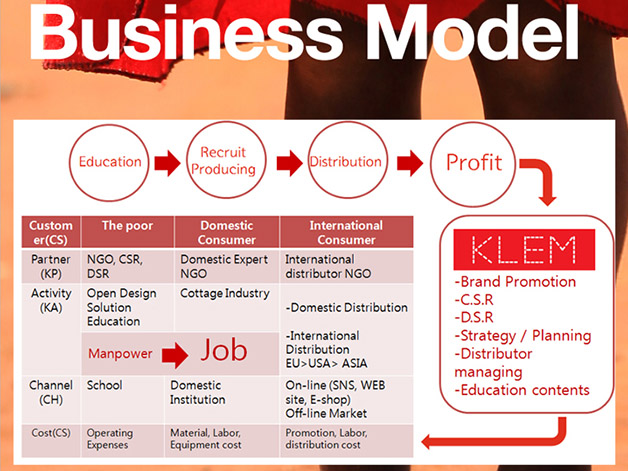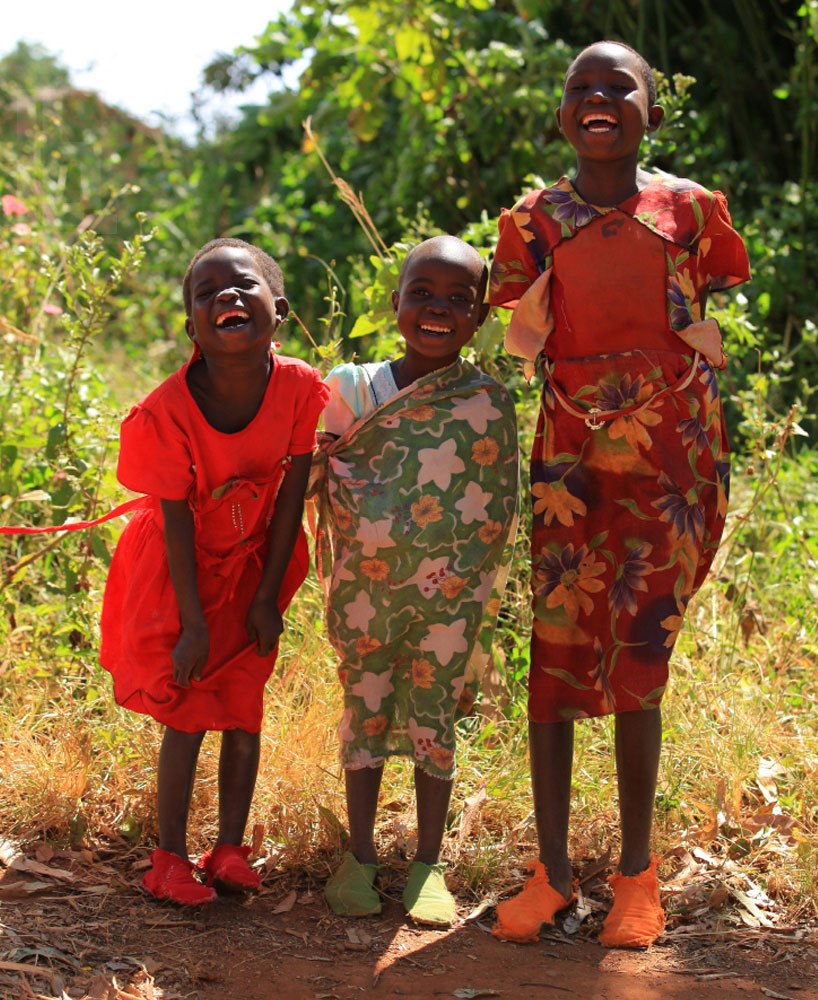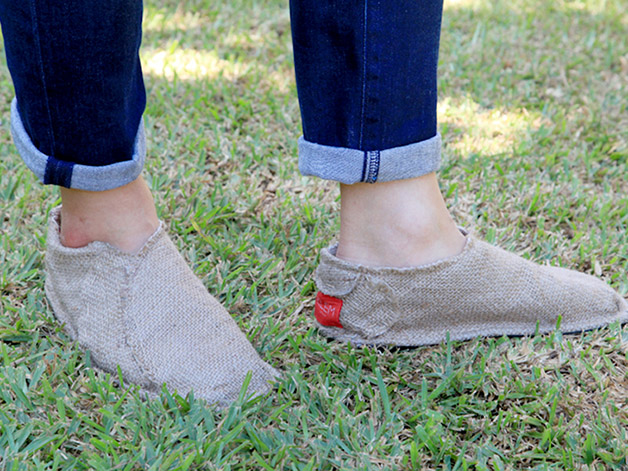Is it possible to make a profitable business and still contribute to society? The KLEM Project shows that yes, the action was conceived by designer Lee Jinyoung, who was inspired by the style “do it yourself” to generate a source of income and put a pair of shoes on the feet of the residents of poor communities in Malawi, Africa.
To make it possible, this project is based on the business model “One for One”, which in addition to exploring and re-use native materials, makes the population less dependent and every other shoe sold is donated to a barefoot child in the world. Thus, the project installed a sales cycle that drives the region’s economy, creates jobs and still meet a social need.
Business opportunities are everywhere, just observe, and to KLEM Project inspiration came when Lee and his team participated in an episode of the program “Design is Human”, aired by SBS TV. During the recordings and through conversations with the community, they found a serious problem, most people besides having sub-jobs were poorly paid and 40% of their expenses were met with foreign aid.
So that residents develop the shoes are offered kits in style “do it yourself”, containing guidelines for the production, a fabric that is easily molded feet and a piece of recycled tire serving as sole.
This business model is still on the rise, projects like KLEM and, once known brand shoes, TOMS (Shoes for Tomorrow), in addition to our Cassio Antunes Endeavour initiative, which offers free advice to entrepreneurs in underserved regions around the world shows that you can make a difference, move the economy without losing social responsibility.
Watch the video and learn a little more about KLEM Project Africa.


